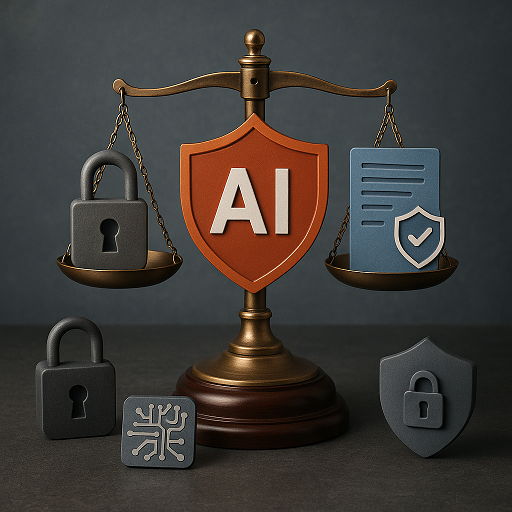AI data and security regulation is now one of the biggest forces shaping the future of technology. Governments around the world are introducing new laws that redefine how innovation, privacy, and cybersecurity must work together. These changes are setting new boundaries for how fast technology can move and how responsibly it must be deployed.
Global changes in AI data and security regulation
Europe is leading with the AI Act, which took effect in 2024.
It bans certain high-risk AI uses, requires human oversight, and enforces transparency in how models are trained and used. The Cyber Resilience Act adds mandatory security standards for connected devices and software. Together, they mark a new era of accountability in AI data and security regulation.
The United States is taking a slower, patchwork approach.
While there is still no federal AI law, states are stepping up. California became the first to pass a dedicated AI safety law, and other states are following. At the national level, targeted acts like the TAKE IT DOWN Act now address non-consensual deepfakes.
Some companies are pushing back. Meta declined to sign the EU’s voluntary AI Code of Practice, while Microsoft’s chief scientist argued that smart regulation can actually strengthen innovation by increasing trust.
Why AI data and security regulation matters
- Balancing speed and safety – Companies must slow down in sensitive areas such as healthcare, finance, and surveillance to ensure compliance.
- Compliance costs – Documentation, audits, and legal reviews are now essential parts of development.
- Trust as a differentiator – Businesses that prioritize privacy and security early gain a competitive advantage.
- Global complexity – AI data and security regulation differs across regions, requiring careful planning for global operations.
- Who benefits – Large firms may handle compliance better, but fair standards can also build trust across the industry.
What to watch in AI data and security regulation
- Implementation timelines: many new rules roll out over the next few years.
- Documentation and explainability: AI developers will need detailed audit trails.
- Data governance: consent, retention, and lawful use will face stricter oversight.
- International differences: new AI laws vary widely by region.
- Early movers: companies that build compliance first will set the standard.
The takeaway
The age of “build fast and break things” is over. AI data and security regulation is not an obstacle to innovation but a framework for sustainable growth. The winners will be those who design technology that people can trust.
